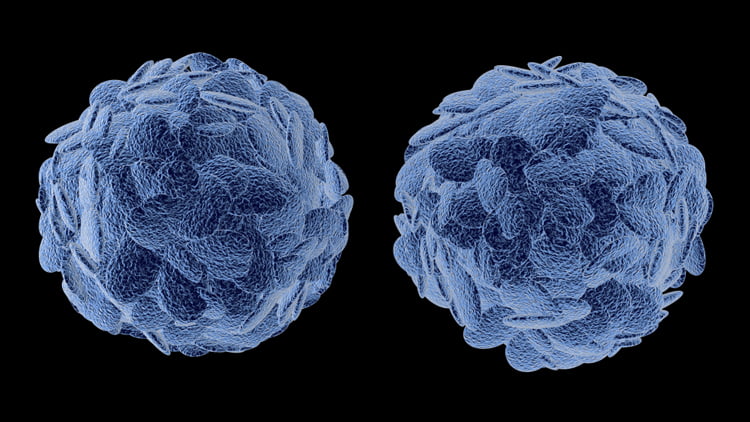Targeting CD36 with antibody inhibits Treg tumour protection in mice
Posted: 19 February 2020 | Victoria Rees (Drug Target Review) | No comments yet
Researchers have discovered that an antibody which targets the CD36 protein prevents Tregs from protecting tumours against immunotherapies in mouse models.


A Ludwig Cancer Research, US, study has identified a mechanism of regulatory T cells (Tregs) which allows them to adapt their metabolism and thrive in the harsh microenvironment of tumours. This process, the study finds, is exclusively engaged by Tregs that reside in tumours. Selectively targeting such Tregs could therefore boost the effects of cancer immunotherapy, say the researchers.
“It has long been known that the Tregs found in tumours protect cancer cells from immune attack, so countering Tregs would be an important strategy for cancer immunotherapy,” said Ping-Chih Ho, associate member of the Lausanne Branch of the Ludwig Institute for Cancer Research, who led the study. “But a major hurdle to such interventions is that the systemic suppression of Treg activity can cause severe autoimmune reactions. We have discovered a potential approach to overcoming that problem, one that selectively targets Tregs in tumours so could therefore prevent such adverse effects.”
CD36 deficiency induced apoptosis in intratumoural Tregs that was driven by a decline in the health”
The current study identified a protein that drives the metabolic adaptations of intratumoural Tregs. The researchers showed in a mouse model of melanoma that targeting this protein with an antibody significantly boosts the efficacy of immunotherapy without causing autoimmune side effects.
The cores of tumours are often acidic and starved of oxygen and vital nutrients, which forces resident cells to adapt their metabolism to survive. The researchers suspected those adaptations might also reveal vulnerabilities unique to intratumoural Tregs. To find those vulnerabilities, they analysed a dataset of Treg gene expression in breast tumours and blood.
They discovered that those and other intratumoural Tregs expressed high levels of genes involved in lipid uptake and metabolism, particularly CD36, a receptor involved in lipid import. An analysis of the cells from human melanoma patients yielded similar results.
To explore the role of CD36 in intratumoural Tregs, the researchers generated mice that lacked the CD36 gene only in their Treg cells and engrafted them with melanoma. “We found that the tumour burden was reduced in CD36-deficient mice,” said research and graduate student Haiping Wang, “and the number and functionality of Tregs declined only within tumours, not in the other, healthy tissues of the mice.”
CD36 deficiency induced apoptosis in intratumoural Tregs that was driven by a decline in the health and number of mitochondria. Further study revealed that CD36 fuels the activity of PPARβ, a protein essential to the genesis and function of mitochondria.
Treating mice bearing melanoma tumours with an antibody to CD36 resulted in a decline of intratumoural Tregs that was not seen in genetically identical control mice. When this antibody was combined with an immunotherapy known as PD-1 blockade, which stimulates a T cell attack on cancer cells, tumour growth slowed significantly, prolonging the survival of the mice.
“By targeting CD36 with an antibody, we do not just create trouble for intratumoural Tregs, we also create trouble for the tumour’s ability to maintain an immunosuppressive microenvironment and hamper immunotherapy,” said Ho.
Ho’s lab is now working to translate these findings into a potential cancer therapy while exploring how CD36-targeting might be combined with other interventions to more extensively disable Tregs selectively within tumours. They are also exploring which other types of solid tumours harbour Tregs that are dependent on CD36 for survival.
The study was published in Nature Immunology.
Related topics
Antibodies, Drug Targets, Immuno-oncology therapeutics, Immunooncology, Immunotherapy, Protein
Related conditions
Cancer
Related organisations
Ludwig Cancer Research
Related people
Haiping Wang, Ping-Chih Ho



